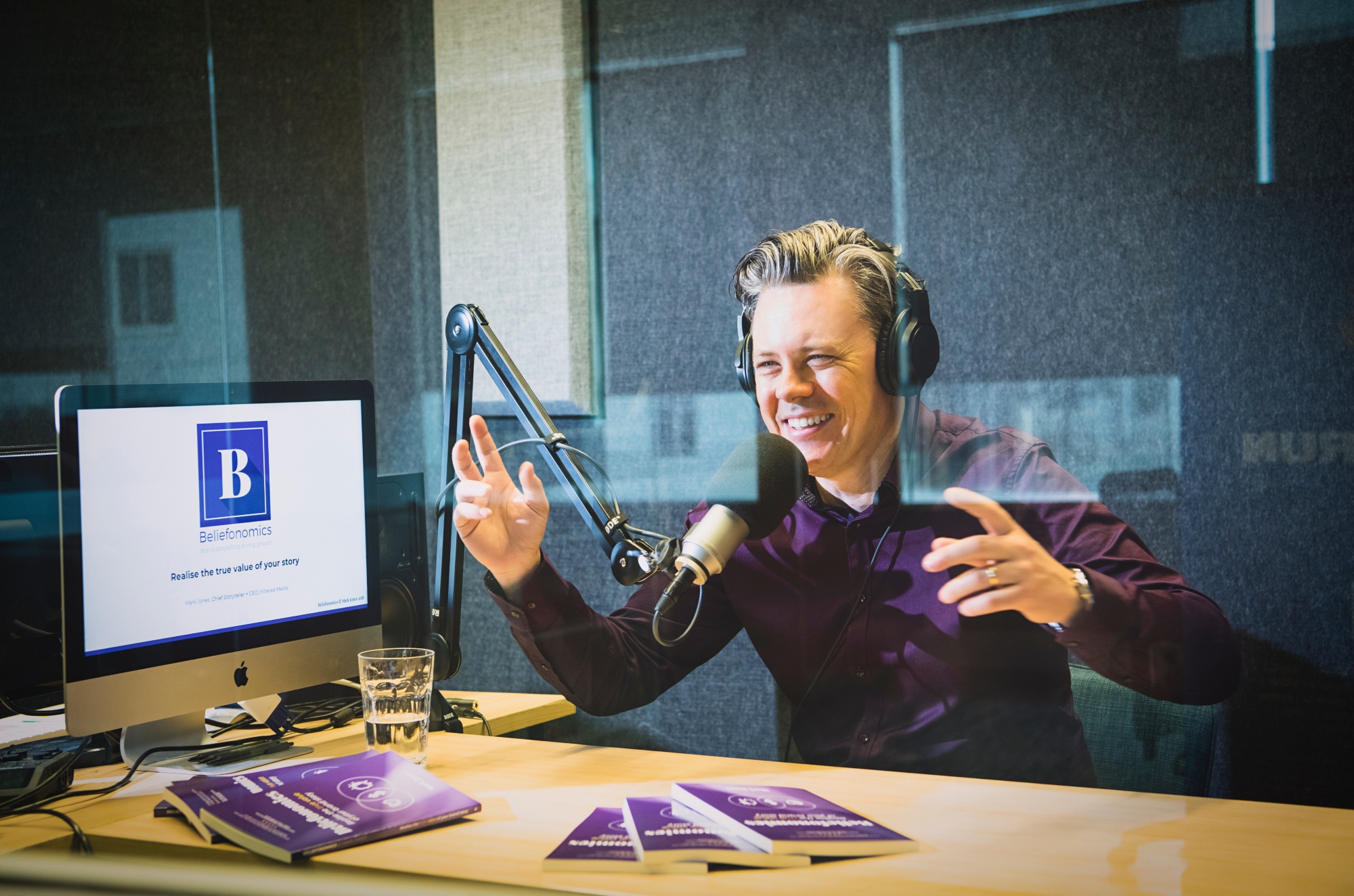Business is anything but usual with the global COVID-19 pandemic affecting all facets of our lives. It’s safe to say ‘the future of work’ we’ve all been talking about has well and truly arrived, with many companies moving their operations and workforce entirely online. So, what does this mean for brands, their marketing and PR efforts and the customer experience?
Many brands rely on in-person customer experiences as the key channel through which to connect with their audience and make a lasting impact.
However, with the Australian Government as of 18 March banning events of more than 100 people, brands are now being forced to swiftly change their approach—without impacting their objectives.
Here at ImpactInstitute we have experienced this shift first-hand. Our Chief Storyteller and CEO, Mark Jones, was set to launch his debut book Beliefonomics: Realise the True Value of Your Brand Story after four years of research, planning, writing and road-testing the idea with organisations. However due to COVID-19 concerns, we are reimagining the in-person VIP launch event that had been planned, and seeking an alternative solution that would best serve the health and safety of our clients, connections and staff.
Our solve? Rather than cancel altogether, let’s host a virtual event that allows us to practice social distancing and also bring people together – virtually – over a lunchtime live stream.
While our original event was planned and ready to go, our last minute pivot to a live streaming event opened up opportunities that our original in-person event would not have enabled. Instead of being limited to inviting only guests local to Sydney, the broadcast allows us to open up our guest list to people from all over the world – including our PROI Worldwide community!
This immediate ability to increase our reach, simply by transitioning to digital, got us thinking about how other brands can also seize this opportunity during these uncertain times—and fast!
Here are three things brands should keep front of mind:
1. Don’t fear the transition to digital
We encourage brands to consider alternatives before cancelling an event altogether. While a live stream might not be a suitable option for every brand, maintaining the ability to interact with your customer in some way is vital.
Many brands have invested in long-term relationships and collaborations to craft their events and curate their content. Today, the way we consume content and engage in professional learning will be largely dependent on digital technologies.
Ever since the COVID-19 restrictions and social distancing, many brands have moved to digital virtual events. According to a survey conducted by the PCMA in 2021, around 79 per cent of event planners moved to virtual. Virtual events have tons of benefits of convenience and time efficiency. This type of event can also create new opportunities that might not have been possible in person.
One example is the SBC Digital Summit that took place from April 27 to May 1 2021. The summit utilized “an advanced digital platform (to provide) delegates of (the summit) access to full-on virtual event spaces, featuring many of the benefits of a physical conference and exhibition.”
The summit was designed to give attendees an interactive and fun experience. And it did just that. Attendees of the event were given access to various rooms throughout the virtual venue. These rooms included Exhibition Hall and Conference Auditorium, where attendees were able to visit booths, view products, and listen to different presentations.
Thus, pivoting to a digital solution that best suits your needs (i.e. an interactive webinar, going live on YouTube, Instagram, Facebook or LinkedIn; converting your event into a subscription-based online content series, etc) should be fully scoped out before an event is cancelled entirely. Don’t fear the transition to digital.
2. Think outside of the box
It’s important to continue providing consumers with content they need. As creatives, we have a duty to continue to think strategically and outside of the box to find solutions to the problem at hand.
Consider online event listing and review publication, Time Out. Recognising that a lot of people are opting to stay home rather than go out during the pandemic, they have temporarily rebranded to Time In and are using their platform to suggest “things to do” while staying in. This is a strong and timely example of a brand willing to pivot quickly to maintain brand relevance.
Be open to trying new things, and be ready to refine your approach. Many of us will be in test-and-learn phases as we rapidly transition to new ways of connecting with audiences and customers.
3. Consistency and communication is key
During any time of uncertainty, consumers are looking for consistent and trustworthy communication.
We recommend continuing with business as usual marketing and PR activities wherever possible, such as weekly eDMs, social media content and community management – to instill confidence that operations are continuing and reliable.
And where things do go wrong, or changes in operations happen – use your regular channels to directly communicate to your audience what’s happening with radical honesty. Transparency breeds trust and loyalty, and also lets your audience know you care.
Need help?
If you are considering reimagining your in-person event program into a virtual offering – check out our virtual events services, or contact us to find out how our team of producers and audio-visual engineers can support your specific needs.
Email us or call +61 2 8355 3130
For more information visit: Brand Storytelling, Communications & Marketing
